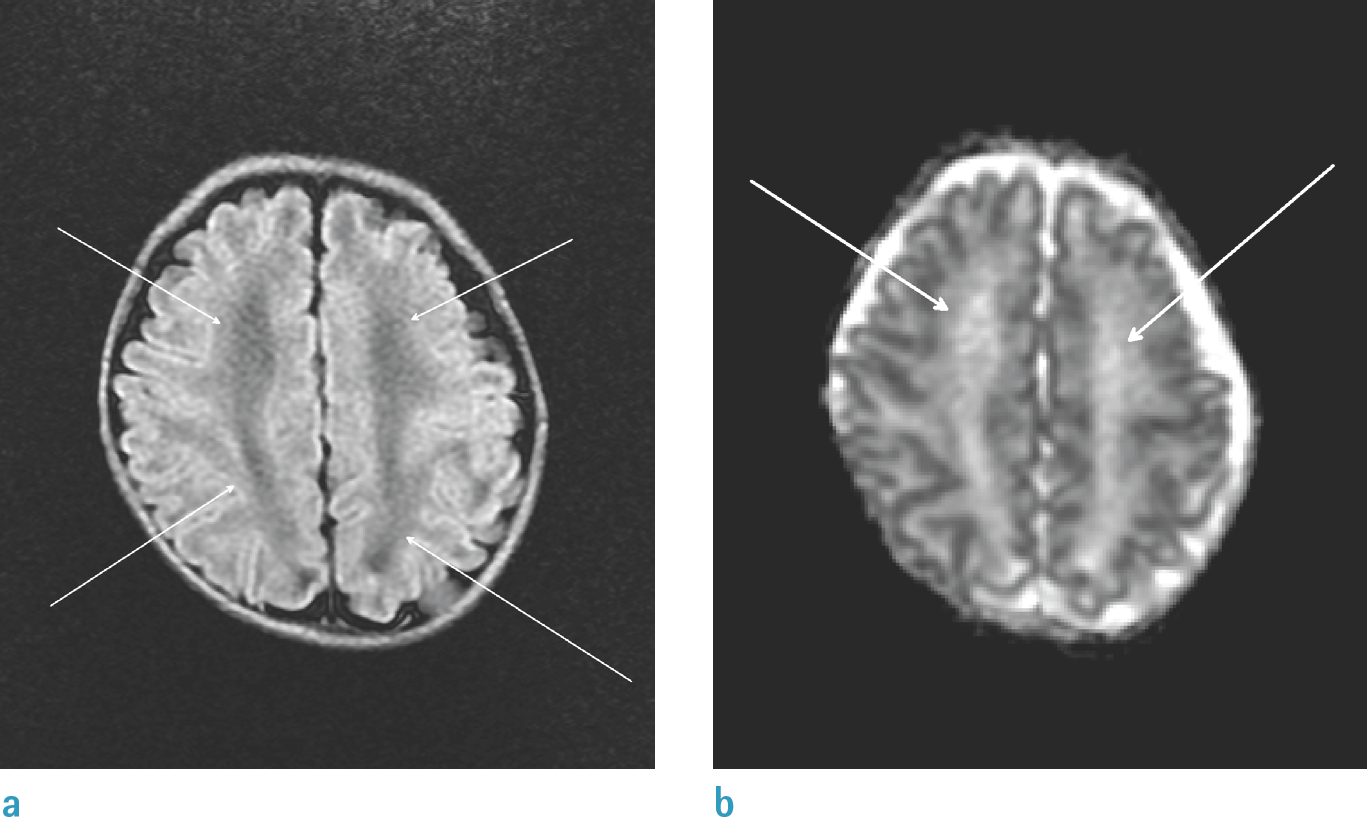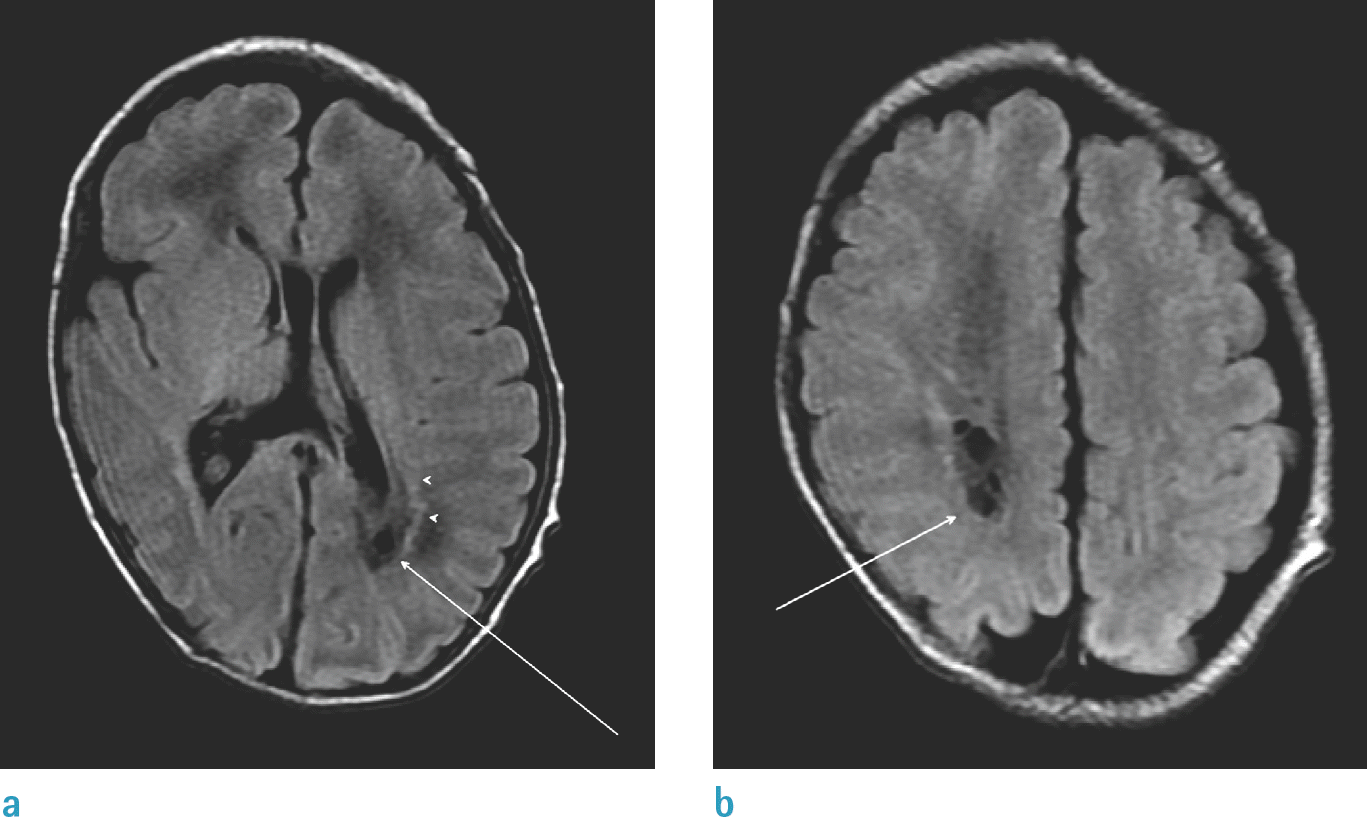1.Inder TE., Warfield SK., Wang H., Huppi PS., Volpe JJ. Abnormal cerebral structure is present at term in premature infants. Pediatrics. 2005. 115:286–294.

2.Hoekstra RE., Ferrara TB., Couser RJ., Payne NR., Connett JE. Survival and long-term neurodevelopmental outcome of extremely premature infants born at 23-26 weeks’ gestational age at a tertiary center. Pediatrics. 2004. 113:e1–6.

3.Wilson-Costello D., Friedman H., Minich N., Fanaroff AA., Hack M. Improved survival rates with increased neurodevelopmental disability for extremely low birth weight infants in the 1990s. Pediatrics. 2005. 115:997–1003.

4.Stewart AL., Rifkin L., Amess PN, et al. Brain structure and neurocognitive and behavioural function in adolescents who were born very preterm. Lancet. 1999. 353:1653–1657.

5.Saigal S., Doyle LW. An overview of mortality and sequelae of preterm birth from infancy to adulthood. Lancet. 2008. 371:261–269.

6.Wood NS., Marlow N., Costeloe K., Gibson AT., Wilkinson AR. Neurologic and developmental disability after extremely preterm birth. EPICure Study Group. N Engl J Med. 2000. 343:378–384.
7.Horsch S., Hallberg B., Leifsdottir K, et al. Brain abnormalities in extremely low gestational age infants: a Swedish population based MRI study. Acta Paediatr. 2007. 96:979–984.

8.Horbar JD., Badger GJ., Carpenter JH, et al. Trends in mortality and morbidity for very low birth weight infants, 1991-1999. Pediatrics. 2002. 110:143–151.

9.Dyet LE., Kennea N., Counsell SJ, et al. Natural history of brain lesions in extremely preterm infants studied with serial magnetic resonance imaging from birth and neurodevelopmental assessment. Pediatrics. 2006. 118:536.

10.Inder TE., Wells SJ., Mogridge NB., Spencer C., Volpe JJ. Defining the nature of the cerebral abnormalities in the premature infant: a qualitative magnetic resonance imaging study. J Pediatr. 2003. 143:171–179.

11.Woodward LJ., Anderson PJ., Austin NC., Howard K., Inder TE. Neonatal MRI to predict neurodevelopmental outcomes in preterm infants. N Engl J Med. 2006. 355:685–694.

12.Hart AR., Whitby EW., Griffiths PD., Smith MF. Magnetic resonance imaging and developmental outcome following preterm birth: review of current evidence. Dev Med Child Neurol. 2008. 50:655–663.

13.Marlow N., Wolke D., Bracewell MA., Samara M. EPICure Study Group. Neurologic and developmental disability at six years of age after extremely preterm birth. N Engl J Med. 2005. 352:9–19.

14.Taylor HG., Klein N., Minich NM., Hack M. Middle-school-age outcomes in children with very low birthweight. Child Dev. 2000. 71:1495–1511.

15.Maalouf EF., Duggan PJ., Rutherford MA, et al. Magnetic resonance imaging of the brain in a cohort of extremely preterm infants. J Pediatr. 1999. 135:351–357.

16.Skiold B., Horsch S., Hallberg B, et al. White matter changes in extremely preterm infants, a population-based diffusion tensor imaging study. Acta Paediatr. 2010. 99:842–849.
17.Inder TE., Anderson NJ., Spencer C., Wells S., Volpe JJ. White matter injury in the premature infant: a comparison between serial cranial sonographic and MR findings at term. AJNR Am J Neuroradiol. 2003. 24:805–809.
18.Volpe JJ. Cerebral white matter injury of the premature infant-more common than you think. Pediatrics. 2003. 112:176–180.

19.Back SA., Riddle A., McClure MM. Maturation-dependent vulnerability of perinatal white matter in premature birth. Stroke. 2007. 38:724–730.

20.Gilles FH., Gomez IG. Developmental neuropathology of the second half of gestation. Early Hum Dev. 2005. 81:245–253.

21.Hart A., Whitby E., Wilkinson S., Alladi S., Paley M., Smith M. Neuro-developmental outcome at 18 months in premature infants with diffuse excessive high signal intensity on MR imaging of the brain. Pediatr Radiol. 2011. 41:1284–1292.
22.Jeon TY., Kim JH., Yoo SY, et al. Neurodevelopmental outcomes in preterm infants: comparison of infants with and without diffuse excessive high signal intensity on MR images at near-term-equivalent age. Radiology. 2012. 263:518–526.

23.Park HW., Cho BH. Korean Bayley scales of infant development: interpretation manual. 2nd ed.Seoul: Kidspop Publishing Co.;2006.
24.Stephens BE., Vohr BR. Neurodevelopmental outcome of the premature infant. Pediatr Clin North Am. 2009. 56:631–646.

25.Evensen KA., Skranes J., Brubakk AM., Vik T. Predictive value of early motor evaluation in preterm very low birth weight and term small for gestational age children. Early Hum Dev. 2009. 85:511–518.

26.Aylward GP. Cognitive and neuropsychological outcomes: more than IQ scores. Ment Retard Dev Disabil Res Rev. 2002. 8:234–240.

27.Mirmiran M., Barnes PD., Keller K, et al. Neonatal brain magnetic resonance imaging before discharge is better than serial cranial ultrasound in predicting cerebral palsy in very low birth weight preterm infants. Pediatrics. 2004. 114:992–998.

28.Roelants-van Rijn AM., Groenendaal F., Beek FJ., Eken P., van Haastert IC., de Vries LS. Parenchymal brain injury in the preterm infant: comparison of cranial ultrasound, MRI and neurodevelopmental outcome. Neuropediatrics. 2001. 32:80–89.

29.Valkama AM., Paakko EL., Vainionpaa LK., Lanning FP., Ilkko EA., Koivisto ME. Magnetic resonance imaging at term and neuromotor outcome in preterm infants. Acta Paediatr. 2000. 89:348–355.

30.Schouman-Claeys E., Henry-Feugeas MC., Roset F, et al. Periventricular leukomalacia: correlation between MR imaging and autopsy findings during the first 2 months of life. Radiology. 1993. 189:59–64.

31.Garel C., Delezoide AL., Elmaleh-Berges M, et al. Contribution of fetal MR imaging in the evaluation of cerebral ischemic lesions. AJNR Am J Neuroradiol. 2004. 25:1563–1568.
32.Roelants-van Rijn AM., Nikkels PG., Groenendaal F, et al. Neonatal diffusion-weighted MR imaging: relation with histopathology or follow-up MR examination. Neuropediatrics. 2001. 32:286–294.

33.Volpe JJ. Neurology of the newborn. 4th ed.Philadelphia, PA: WB Saunders;2001.
34.Counsell SJ., Shen Y., Boardman JP, et al. Axial and radial diffusivity in preterm infants who have diffuse white matter changes on magnetic resonance imaging at term-equivalent age. Pediatrics. 2006. 117:376–386.

35.Hagmann CF., De Vita E., Bainbridge A, et al. T2 at MR imaging is an objective quantitative measure of cerebral white matter signal intensity abnormality in preterm infants at term-equivalent age. Radiology. 2009. 252:209–217.

36.Hack M., Taylor HG., Drotar D, et al. Poor predictive validity of the Bayley Scales of Infant Development for cognitive function of extremely low birth weight children at school age. Pediatrics. 2005. 116:333–341.







 PDF
PDF ePub
ePub Citation
Citation Print
Print


 XML Download
XML Download